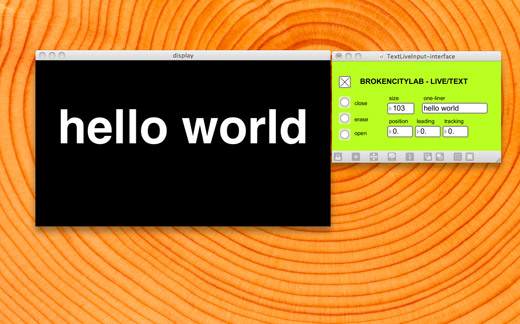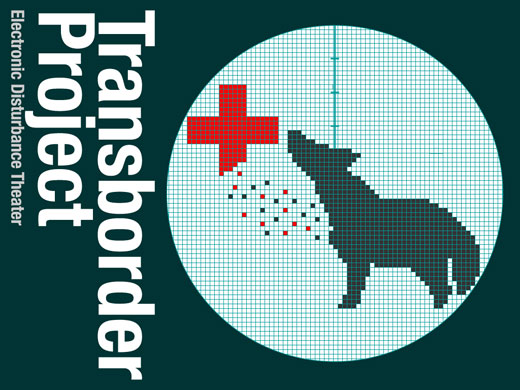In case you haven’t already seen it floating around the interwebs, I had to post it.
Members of Free Art and Technology (FAT), the Graffiti Research Lab, and The Ebeling Group communities have teamed-up with a legendary LA graffiti writer, publisher and activist, named Tony Quan, aka TEMPTONE. Tony was diagnosed with ALS in 2003, a disease which has left him almost completely physically paralyzed… except for his eyes. This international team is working together to create a low-cost, open source eye-tracking system that will allow ALS patients to draw using just their eyes. The long-term goal is to create a professional/social network of software developers, hardware hackers, urban projection artists and ALS patients from around the world who are using local materials and open source research to creatively connect and make eye art.
This project, which I’ve posted about before, was developed using OpenFrameworks, a cross platform c++ library for creative development (somewhat similar to Processing, which uses Java as its base), is hugely inspiring. A project like this shifts the role of the artist / the programmer / the open-source advocate in a really interesting way.
Not that we have the technical skill base to develop anything near this in terms of software / hardware, but this project is a perfect example of why I still get excited by the idea of working in that medium.


